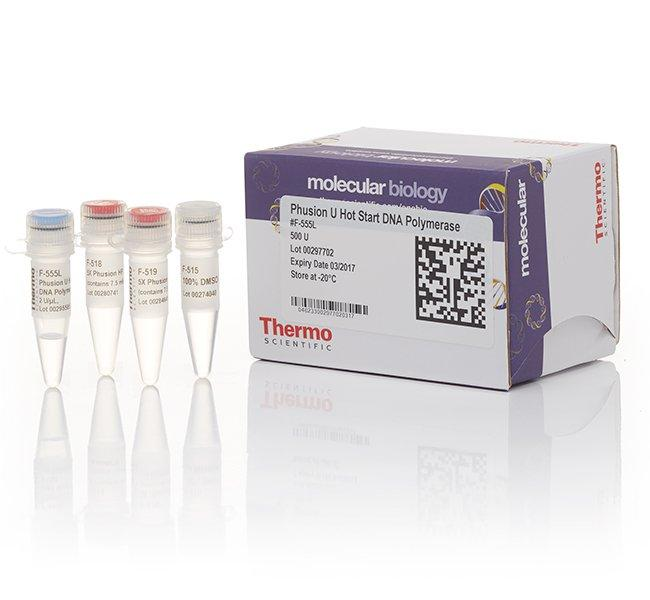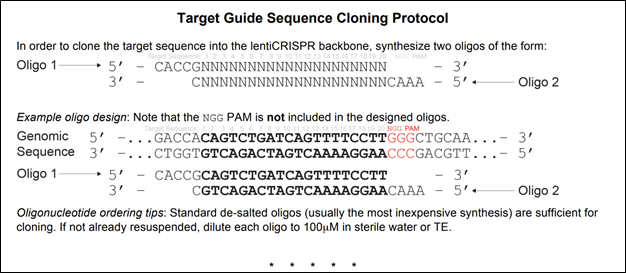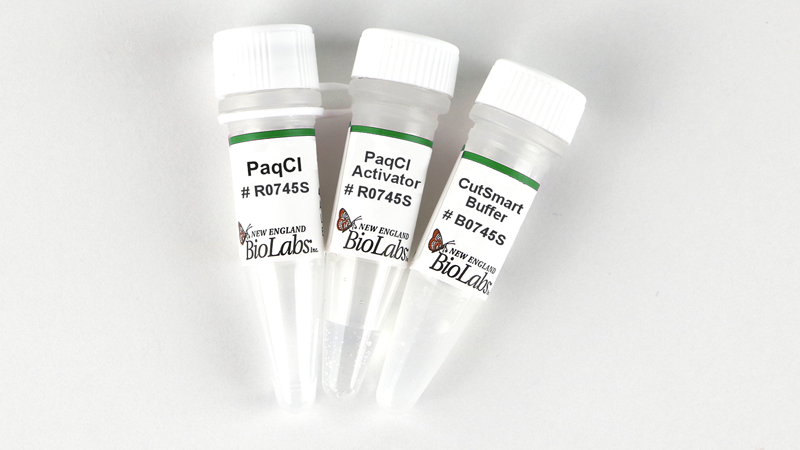Design of bead surface and solid-phase manipulations of DNA. (A) Beads... | Download Scientific Diagram

Schematic overview of the subcloning procedure. The upper box contains... | Download Scientific Diagram

Animals | Free Full-Text | Edition of Prostaglandin E2 Receptors EP2 and EP4 by CRISPR/Cas9 Technology in Equine Adipose Mesenchymal Stem Cells

Tetrachloroethene respiration in Sulfurospirillum species is regulated by a two‐component system as unraveled by comparative genomics, transcriptomics, and regulator binding studies - Esken - 2020 - MicrobiologyOpen - Wiley Online Library

Sequence elements facilitating the subcloning procedure. (A) A double... | Download Scientific Diagram

Engineered PROTAC-CID Systems for Mammalian Inducible Gene Regulation | Journal of the American Chemical Society
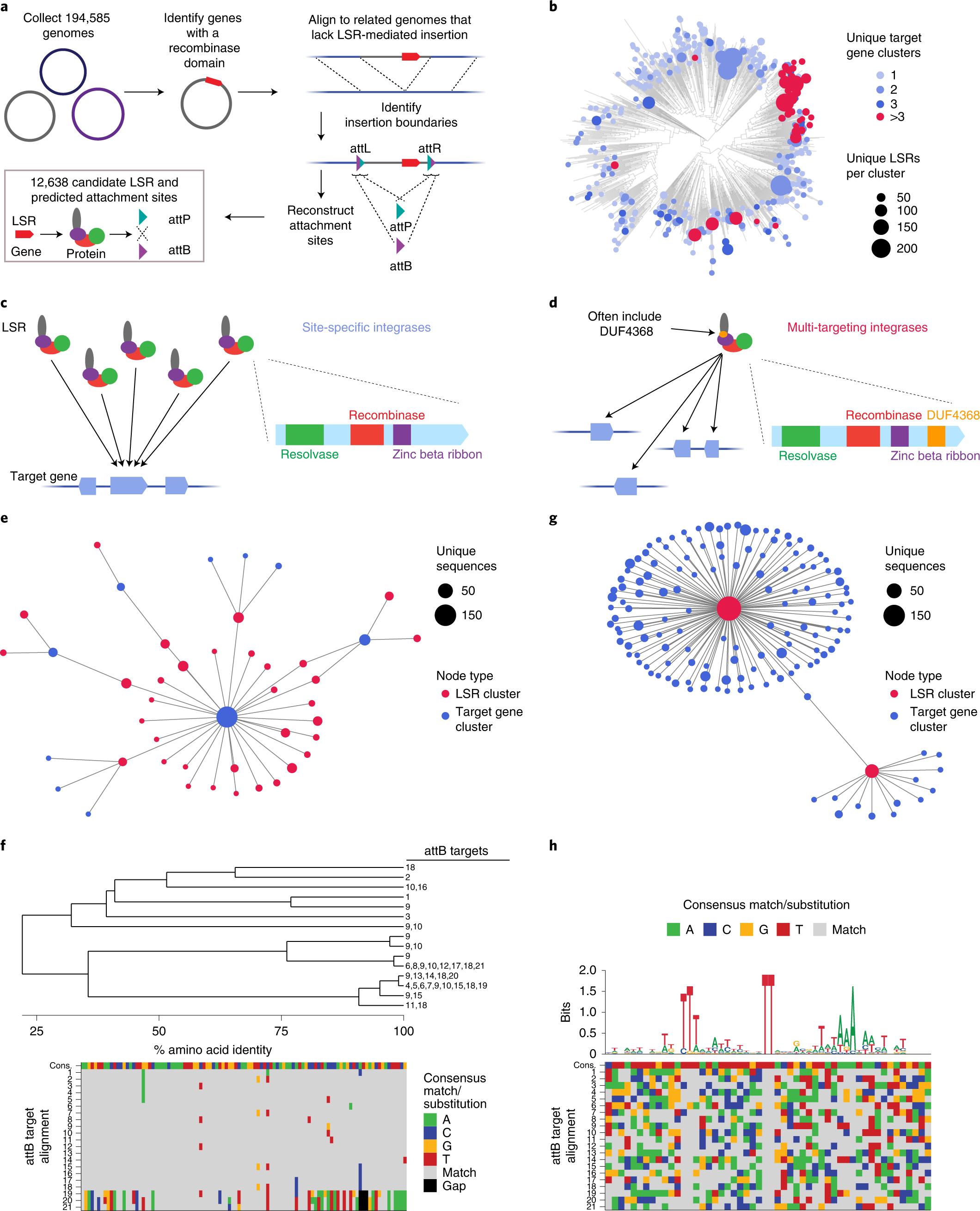
Systematic discovery of recombinases for efficient integration of large DNA sequences into the human genome | Nature Biotechnology

Thermo Scientific™ FastDigest Esp3I (IIs class) 20μL Aa - Bz Restriction Enzymes | Fisher Scientific
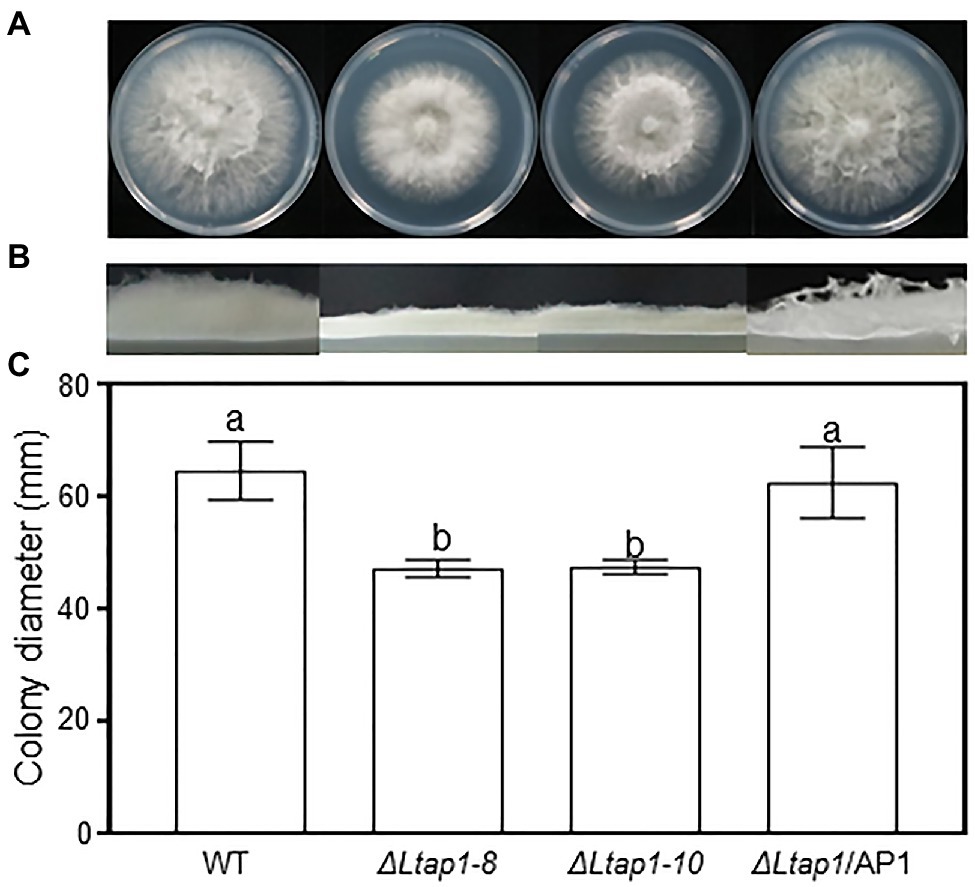
Frontiers | The bZIP Transcription Factor LtAP1 Modulates Oxidative Stress Tolerance and Virulence in the Peach Gummosis Fungus Lasiodiplodia theobromae

